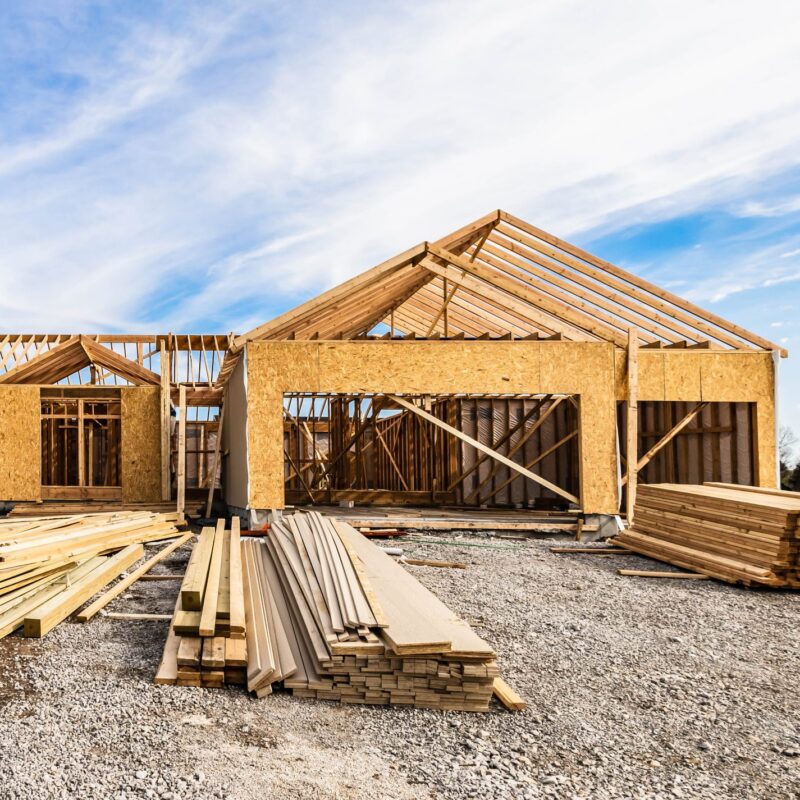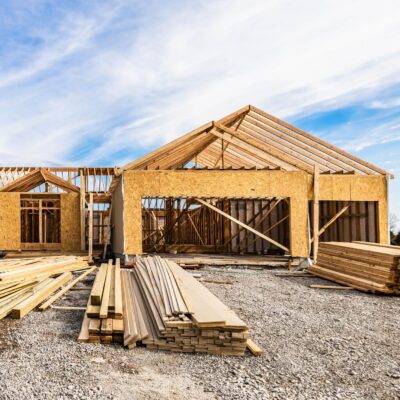Traditionalists beware: This style is not for you. (We’re looking at you, too, shabby chic-lovers and those after French country.) But if you have eclectic taste and aren’t afraid to experiment, local designer Alexandra Bracey of Bracey Designs says brutalist design might be right up your décor alley.
But, what is it? Brutalism derives from the French word for raw, brut. In architecture, it translates to large, fortress-like structures with exposed concrete exteriors. In interior design, brutal pieces have hard edges, jagged shapes and embrace the imperfections in materials, usually metal, wood or, of course, concrete. The style originated post-World War II, but gained popularity in the late ’60s and early ’70s.
Consequently, says Bracey, the trend pairs well with contemporary and mid-century furniture.

The vintage brutalist light fixture in this Barracks-Rugby neighborhood home, says designer Alex Bracey, came without a canopy or chain. Timberlake Lighting was able to mimick the finish of the original, resulting in a dramatic statement in the home’s otherwise austere foyer. Photo: Virginia Hamrick
“The incorporation of global and eclectic design elements is very popular right now and the unpolished elements of the brutalist trend fits in perfectly with this movement,” Bracey says. “It is also a great way to add some interest to a neutral room or to tie in the popular brass trend in a less conventional way.”
If you’re feeling shy about adopting brutalist design in your home, as with any bold trend, start small. For a recent project, Bracey incorporated a brutalist light fixture in a client’s entryway. It adds drama without going overboard.
“A great light fixture or two, an end table or even one big furniture piece like a sideboard paired with other pieces with simple lines makes a great statement,” Bracey says. “A little brutalism goes a long way.”





